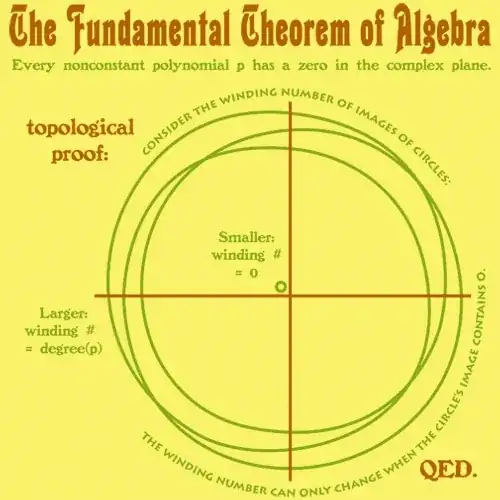The background of my question comes from an observation that what we teach in schools does not always reflect what we practice. Beauty is part of what drives mathematicians, but we rarely talk about beauty in the teaching of school mathematics.
I'm trying to collect examples of good, accessible proofs that could be used in middle school or high school. Here are two that I have come across thus far:
(1) Pick's Theorem: The area, $A,$ of a lattice polygon, with boundary points $B$ and interior points $I$ is $A = I + B/2 - 1.$
I'm actually not so interested in verifying the theorem (sometimes given as a middle school task) but in actually proving it. There are a few nice proofs floating around, like one given in "Proofs from the Book" which uses a clever application of Euler's formula. A very different, but also clever proof, which Bjorn Poonen was kind enough to show to me, uses a double counting of angle measures, around each vertex and also around the boundary. Both of these proofs involve math that doesn't go much beyond the high school level, and they feel like real mathematics.
(2) Menelaus Theorem: If a line meets the sides $BC,$ $CA,$ and $AB$ of a triangle in the points $D, E,$ and $F$ then $(AE/EC) (CD/DB) (BF/FA) = 1.$ (converse also true) See: http://www.cut-the-knot.org/Generalization/Menelaus.shtml, also for the related Ceva's Theorem.
Again, I'm not interested in the proof for verification purposes, but for a beautiful, enlightening proof. I came across such a proof by Grünbaum and Shepard in Mathematics Magazine. They use what they call the Area Principle, which compares the areas of triangles that share the same base (I would like to insert a figure here, but I do not know how. -- given triangles $ABC$ and $DBC$ and the point $P$ that lies at the intersection of $AD$ and $BC,$ $AP/PD = \operatorname{Area} (ABC) / \operatorname{Area}(DBC).$) This principle is great-- with it, you can knock out Menelaus, Ceva's, and a similar theorem involving pentagons. And it is not hard-- I think that an average high school student could follow it; and a clever student might be able to discover this principle themselves.
Anyway, I'd be grateful for any more examples like these. I'd also be interested in people's judgements about what makes these proofs beautiful (if indeed they are-- is there a difference between a beautiful proof and a clever one?) but I don't know if that kind of discussion is appropriate for this forum.
Edit: I just want to be clear that in my question I'm really asking about proofs you'd consider to be beautiful, not just ones that are neat or accessible at the high school level. (not that the distinction is always so easy to make...)



http://mathoverflow.net/questions/46883/examples-of-using-physical-intuition-to-solve-math-problems/46924#46924
– Christian Blatter Nov 19 '11 at 15:48